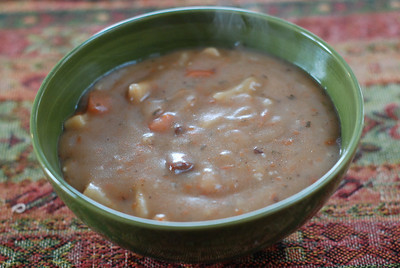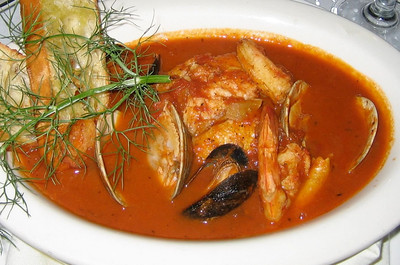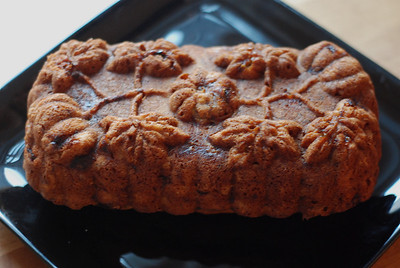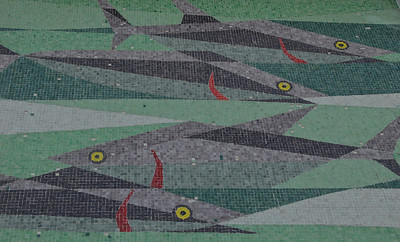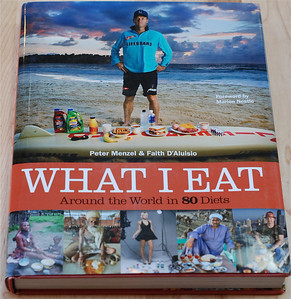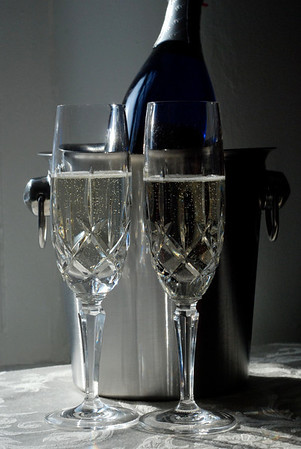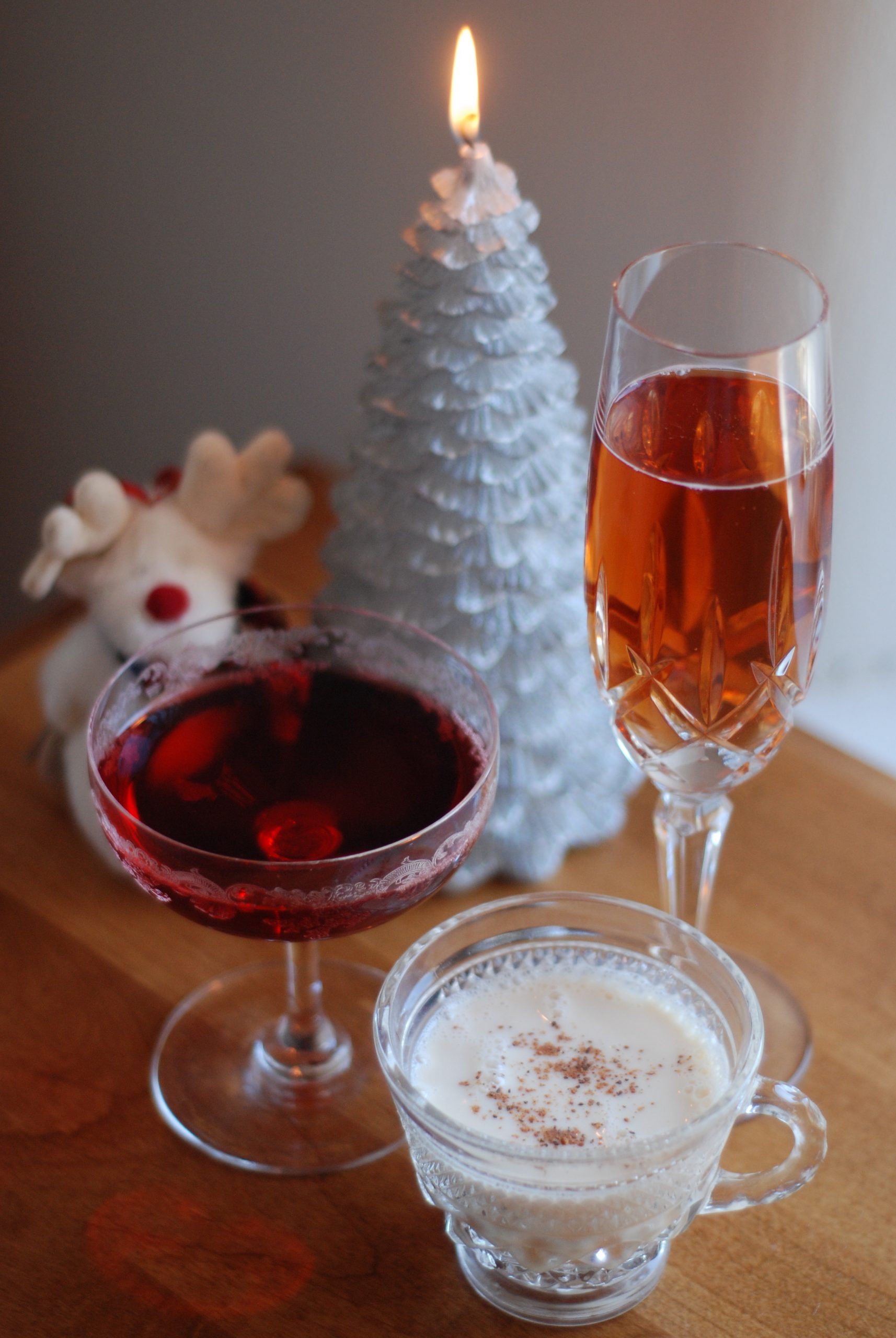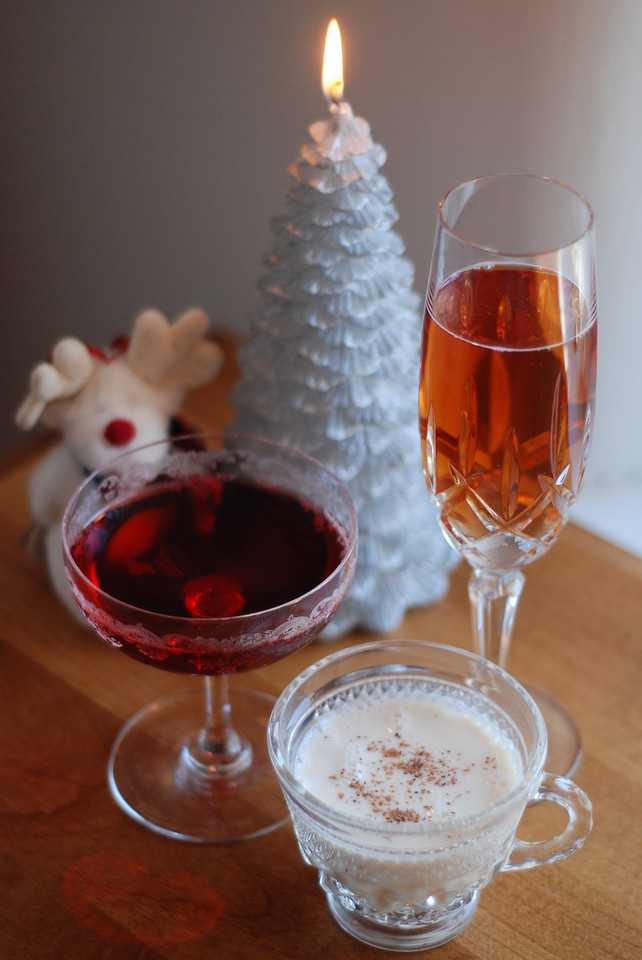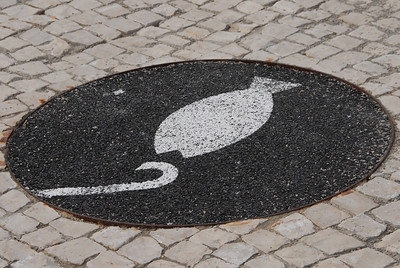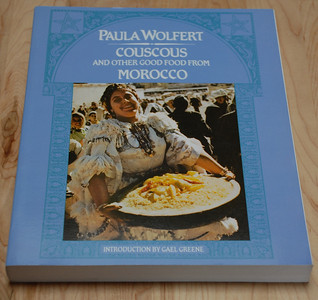Tonight I’m headed to a potluck dinner that focuses on family heritage and local, seasonal ingredients. To a certain extent I have the local ingredients covered for, since Christmas, I’ve been growing a small garden of oyster and shiitake mushrooms. These homegrown gems will star in mushroom stroganoff, a meat-free take on my mother’s beloved beef stroganoff recipe.
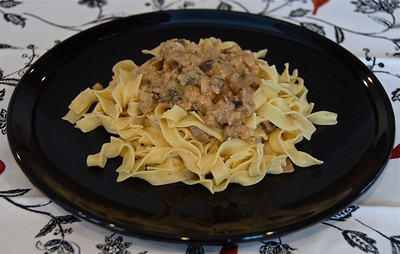
In terms of heritage I’m a bit off the mark with stroganoff. As its name may indicate, this dish hails from Russia. In fact, it reputedly was named for the 19th century Russian military commander and diplomat Count Pavel Stroganov.
As you might guess, none of my ancestors came from Russia. Most were French with a few Irish, English and Welsh men thrown into the mix. So, how did this Russian meal of sautéed sliced tenderloin, onions and mushrooms blanketed in a sour cream sauce become a recurrent offering at our French-Anglo dinner table? How indeed.
Today many culinary historians attribute the creation of beef stroganoff to Count Pavel Stroganov’s personal chef, who came from . . . France. It’s believed that he adapted a classic French dish, fricassée, for the Russian palate by adding sour cream.
His dish caught the interests of diners not only in Russia but also in Great Britain, Scandinavia and China. Decades later Russian immigrants brought this rich creation to American shores. By the 1950’s it had become a huge hit with U.S. home cooks and restaurant chefs. Thirty years later this hearty, simple-to-make dish still wowed my family.
In Russia potato straws and pickles accompany beef stroganoff. In England and China rice is paired with it. In my mother’s and now my kitchen it sits atop a bed of egg noodles. Whether you partner it with potatoes, pickles, rice or egg noodles, chances are you’ll fall for stroganoff. I only hope that my fellow potluckers will, too.
MUSHROOM STROGANOFF
Serves 8
1 white onion, skin removed and cut into chunks
3 cloves garlic
3 to 4 tablespoons olive oil
2 tablespoons unsalted butter
6 ounces oyster mushrooms, cleaned and sliced into 1 1/2″ pieces
8 ounces shiitake mushrooms, cleaned, stems removed and sliced
8 ounces cremini mushrooms, cleaned, stems removed and sliced
12 ounces white button mushrooms, cleaned, stems removed and sliced
1 1/2 teaspoons ground nutmeg
1 1/2 teaspoons sweet paprika
1 teaspoon salt
2 tablespoons dry sherry
1 cup low fat sour cream
1 package of wide egg noodles
Place the onion chunks and garlic in the bowl of a food processor or blender and process until finely chopped.
In a large frying pan heat the olive oil. Pour in the onion-garlic slurry and cook over medium heat, stirring frequently, until softened, about 5 minutes. Add the butter and allow it to melt before adding the mushrooms. Stir the ingredients together, cover and allow the mushrooms to cook until softened and reduced, about 15 minutes. Remove the lid and add the nutmeg, paprika, salt and sherry, tossing until well combined. Add the sour cream, stir and allow to simmer for another 5 to 10 minutes.
As the stroganoff is simmering, cook the egg noodles according to the manufacturer’s instructions. Drain and place them in a large bowl. Spoon the mushroom stroganoff over the noodles, toss to coat and serve immediately.
